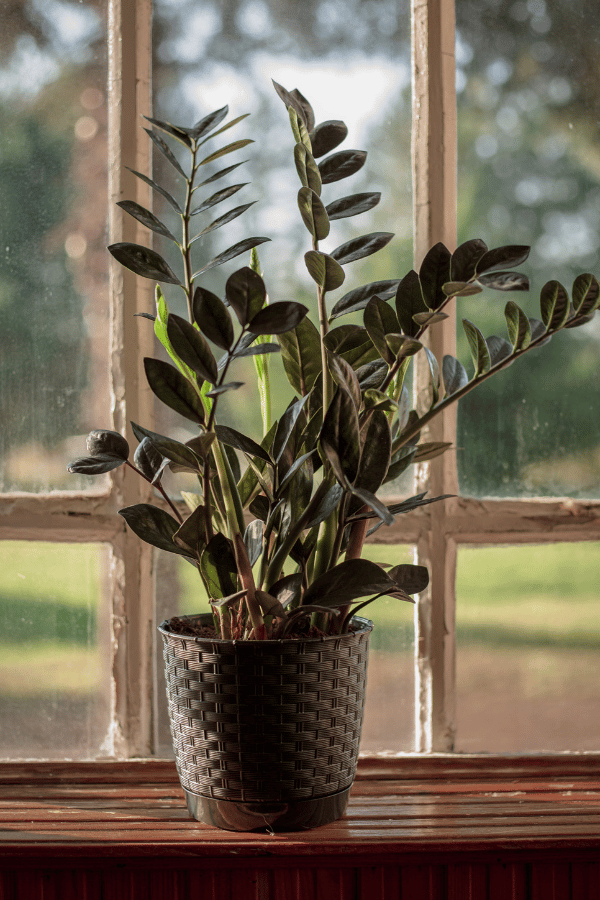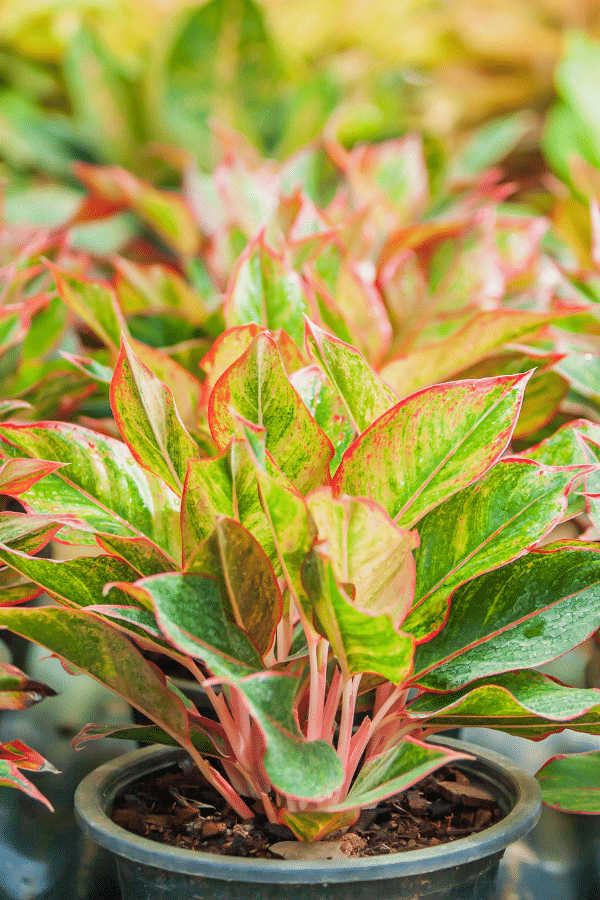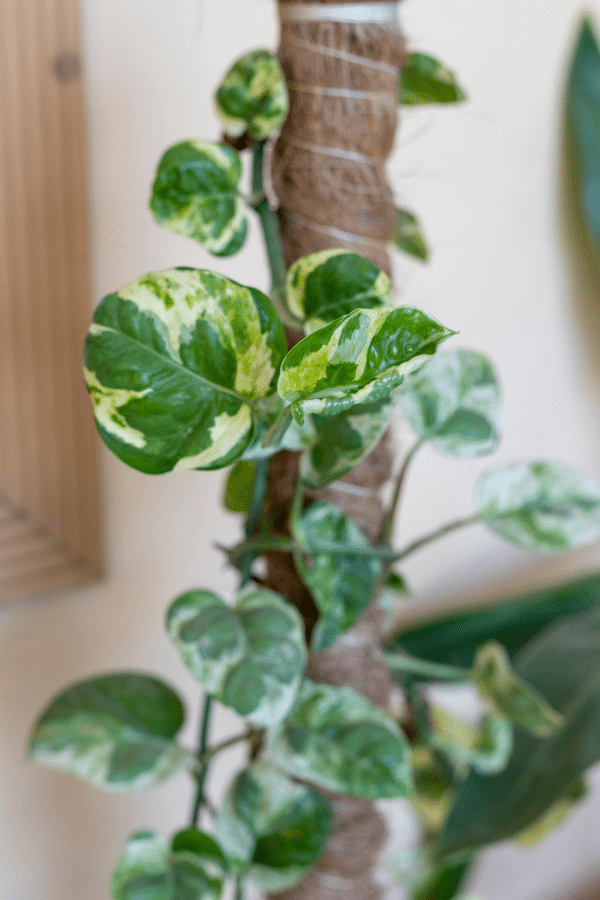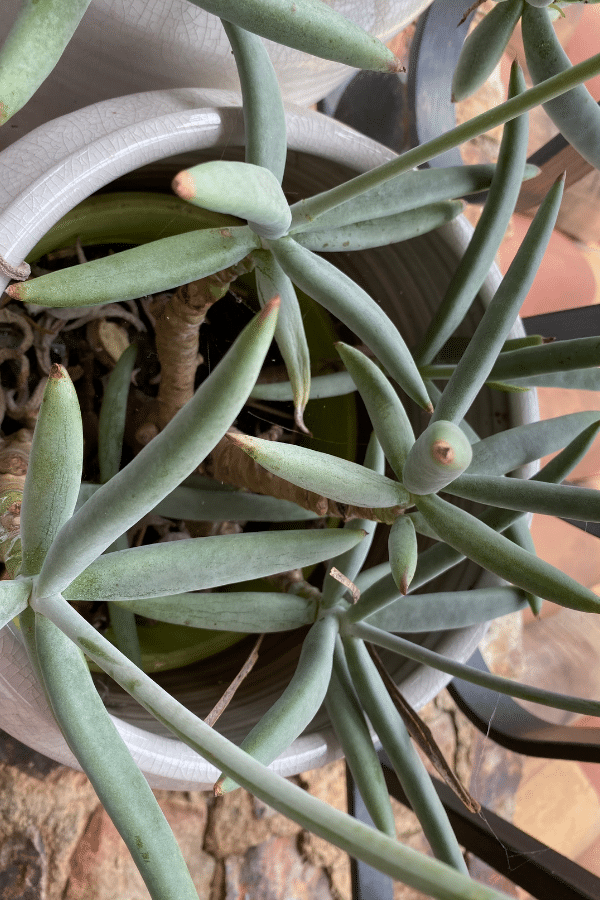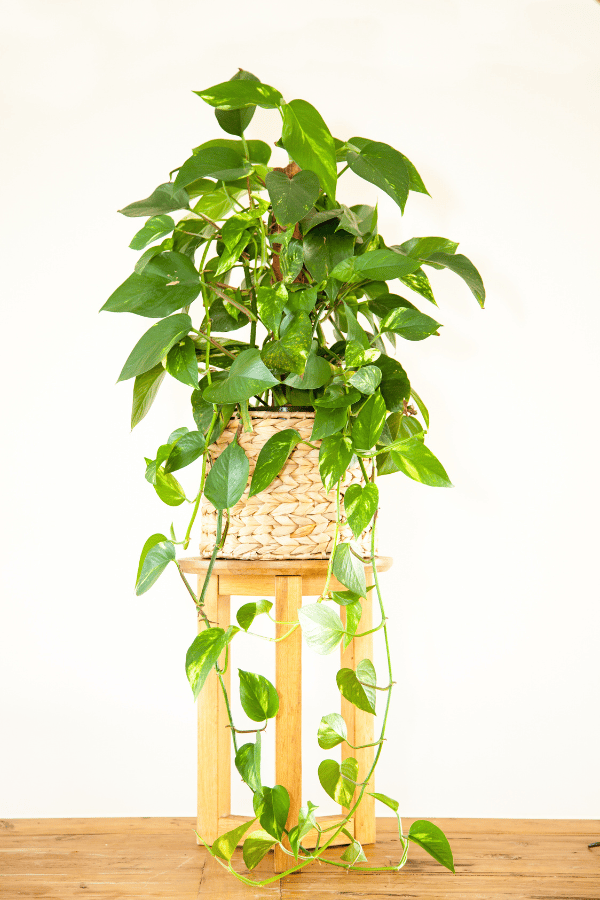Philodendron Cordatum
Scientific Name: Philodendron Cordatum
Philodendron Cordatum care is easy as it can grow and thrive in different habitats. Heart-shaped leaves make up this Sweetheart Plant that will trail. Read our full Philodendron Cordatum care guide to see if this plant is right for you.
To give this Philodendron plant the best care, it requires quick-draining soil, keep the soil moist by watering often, provide it with bright indirect sunlight, temperatures ranging from 60-75F, and high humidity levels.
Quick Care Overview
| Common Name | Sweetheart Plant |
| Scientific Name | Philodendron Cordatum |
| Family | Araceae |
| Origin | Mexico |
| Growth Rate | Medium |
| Identification | Heart-shaped leaves that are dark and glossy |
| Height | Up to 50 feet in length |
| Soil | Well-draining soil |
| Water | Keep soil moist |
| Temperature | 60-75F |
| Sunlight | Bright indirect light |
| Toxic to Cats & Dogs | Yes |
| Toxic to Humans | Yes |
| Pests | Mealybugs, aphids, spider mites |
| Diseases | Root rot |
Below we will dive deep into this Philodendron Cordatum care guide.
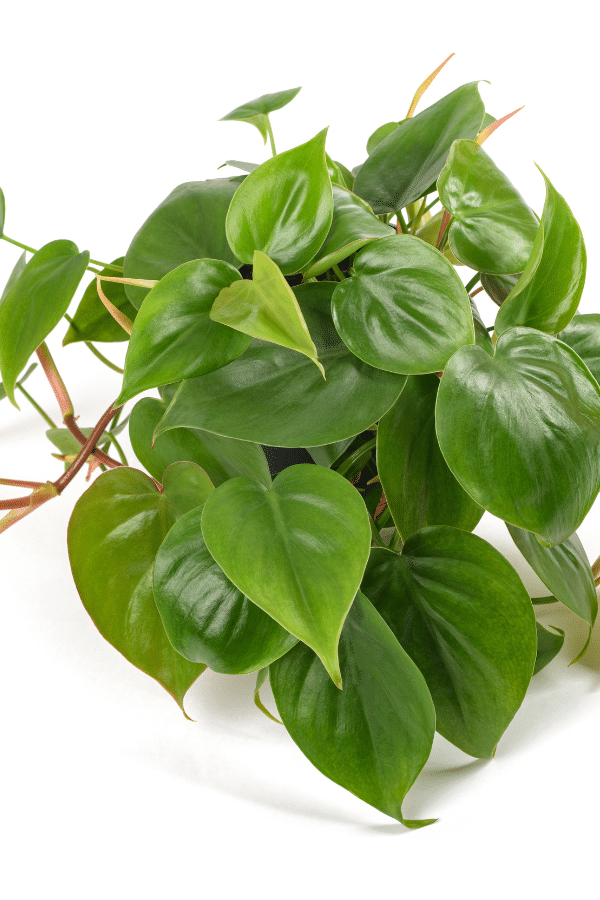
Philodendron Cordatum History
Mexican native Philodendron Cordatum, also known as the Sweetheart Plant, is one of the most commonly found species of Philodendron that may be seen today. Naturally found in tropical rainforests or by swamps, this Philodendron is known as a large vining climber of trees and plants. Leaves range from brown to green, depending on maturity.
Philodendron Cordatum Identification
Known for its heart-shaped leaves, this Philodendron has dark and glossy foliage that may range in colors, even appearing transparent at times. Leaves may grow up to 10″ long, and stems may grow up to 4′ tall. This evergreen plant has many leaves and has been a popular houseplant since the Victorian times.
Philodendron Cordatum Growth Facts
Being a trailing Philodendron, the sweetheart plant makes a perfect plant for hanging baskets.
How Big Does a Philodendron Cordatum Get?
Throughout many years, this Philodendron may trail as long as 50 feet, if not pruned back, under the right growing conditions.
Philodendron Cordatum Care
Being a hardy and versatile plant, this Philodendron may be grown in a range of different habitats.
Philodendron Cordatum Soil
Philodendron Cordatum likes to have sandy, quick-draining soil. A perfect growing medium may be created by mixing peat or coco coir to perlite at a 2:1 ratio. Additionally, wood bark may be added to improve the texture of the soil, help in draining excess water, and provide more oxygenation and dampness.
Philodendron Cordatum Fertilizer
Being a very quick grower with lush foliage, the sweetheart plant will benefit from a monthly feeding from a balanced fertilizer during the warm growing season, especially as new leaves are growing. However, feeding may be reduced to every other month during the wintertime.
Philodendron Cordatum Watering
During the warm growing spring and summer season, the soil of your Philodendron Cordatum should be kept liberally moist. When watering, the soil should be fully saturated. Still, any excess water should drain, and the plant should not be allowed to sit in excess moisture within the plant’s drainage tray. During the winter, the Philodendron’s soil should be allowed to dry out some between waterings.
Philodendron Cordatum Light Requirements
Being a very hardy and versatile plant, this Philodendron can thrive in various conditions. This plant prefers bright indirect light but will tolerate low-light conditions.
Philodendron Cordatum Temperature & Humidity
Having tropical rainforest origins, this plant likes to remain warm and humid. It should be kept at temperatures between 60-75 degrees Fahrenheit. Growth will slow if kept at temperatures that are any higher or lower. It is also important to note that Philodendron Cordatum will not enjoy large fluctuations in temperature and should not be kept near cold windows, AC units, heaters, or drafts. Though enjoying humid environments and misting, this species is tolerant of dry conditions.
Repotting Philodendron Cordatum
When roots become tight and compact or are seen poking out from the drainage holes, this Philodendron should be repotted. Repotting should be completed in early spring before new growth has begun. Select a container that is 2-4 inches larger than the previous pot. Repot your plant, refresh the soil, tamp lightly, water thoroughly, and place in indirect light to become reestablished.
Philodendron Cordatum Maintenance & Pruning
Pruning of your Philodendron Cordatum is easy – and you may propagate it easily at the same time. As this Philodendron has a trailing growth habit and is a rapid grower, regular pruning will likely be necessary to control its size. Pruning may be done periodically using sharp pruning shears to trim away old, dead, diseased, or discolored branches or leaves or to maintain the shape and density of your plant.

Philodendron Cordatum Propagation
Propagation of the sweetheart plant is extremely easy and may be done during pruning with stem cuttings. Simply cut a healthy piece of stem with a few leaves from your Philodendron during the growing season. Place the stem in water or wetted soil and allow your stem cutting to produce roots. Rooting this plant is extremely easy.
Philodendron Cordatum Toxicity
Like many Philodendron varieties, the Philodendron Cordatum is a toxic houseplant and should never be ignested. Wash hands after handling this plant.
Toxicity to Humans
Philodendron Cordatum is considered toxic to humans and should not be ingested.
Toxicity to Cats & Dogs
Unfortunately, Philodendron Cordatum is considered toxic to pets and should never be ingested. If you suspect your pet has consumed any portion of this plant, contact your veterinarian or animal poison control immediately.
Philodendron Cordatum Problems
Philodendron Cordatum Leaves Turning Yellow
The most common cause of foliage turning yellow is due to overwatering. Alternatively, yellowing of the foliage may suggest a nutrient deficiency and that fertilizer is needed.
Philodendron Cordatum Leaves Turning Brown
When leaves of Philodendron Cordatum turn brown, it is likely an indicator that your plant is not receiving enough water. Alternatively, crisp, browned edges or spots may be due to sun scorching from too much direct sunlight. Provide this plant with indirect lighting and establish a good watering schedule based on the environment your plant is in.
Philodendron Cordatum Diseases
The sweetheart plant, when grown under proper conditions, does not have many issues combating plant pathogens. However, this plant may suffer issues related to overwatering, such as root rot.
Philodendron Cordatum Pests
Like many other houseplants, this indoor plant may fall susceptible to pests such as mealybugs, spider mites, or aphids. These pests may be treated by spraying a neem oil or insecticidal soap. Ensure that you follow all label instructions.

